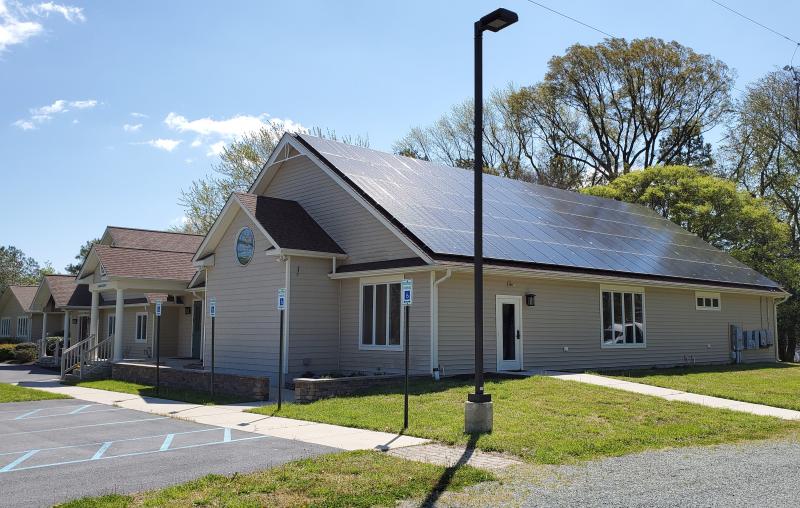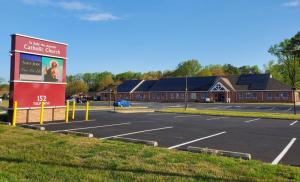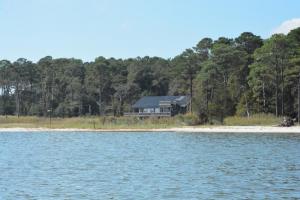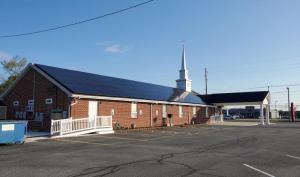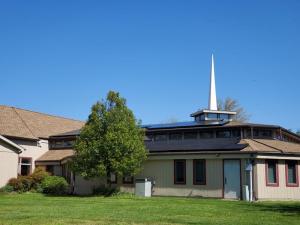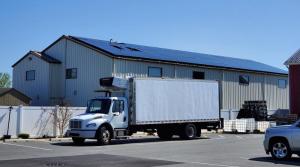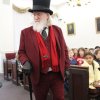Local churches look to higher power for energy savings
Years before COVID-19 forced businesses and other organizations to examine all aspects of spending, St. Jude the Apostle Catholic Church began thinking about ways to cut costs at its campus in Lewes.
That’s why, said business manager Bob Hearn, when the church was approached about installing solar panels on the buildings of its Route 1 campus, the church thought it was a good idea.
Hearn said the first thing the church did was get the blessing of the Diocese of Wilmington. Once that happened, he said, the church buildings were studied, and some numbers were run.
“It certainly was attractive,” said Hearn.
A full year of solar-power-produced-energy later, from 750 panels, St. Jude has cut its electricity costs in half from roughly $32,000 a year to about $16,000 in 2019.
“It’s going very well,” said Hearn, adding that a significant portion of savings – $600 to $700 a month – comes from a decrease in the demand charge from the energy company.
Rehoboth-based Clean Energy USA, a sister company to Schell Brothers Builders, installed St. Jude’s panels. John Sertich, Clean Energy USA president, said Schell Brothers saw the need a decade ago to allow nonprofits to take advantage of solar energy, so a program subsidizing solar was created.
The program allowed organizations to install the panels at cost, said Sertich. Clean Energy installs, maintains and guarantees the energy output, he said.
St. Jude isn’t the only church to participate in the program.
The Episcopal Church of Delaware installed panels on two buildings at Camp Arrowhead, outside of Lewes.
Estimating a savings of $3,000 a year, Walt Lafontaine, Camp Arrowhead executive director, said the program has been a real blessing.
“We’re really happy with them,” he said
The Unitarian Universalists of Southern Delaware also installed panels when it moved to a new building on Route 9 a few years ago. Gary Schmidt, UUSD property manager, said the plan all along has been to create a church that was as energy efficient as possible.
Schmidt said the church was built around an old farm house that was on the property, and the church used the house for a year prior to remodeling. The house used 2,000 gallons of heating oil.
“It was always the goal to generate enough solar power to be energy efficient,” said Schmidt. “It took a bit of time, but it’s working. For the first time, we got a credit in February. It felt pretty good.”
Sertich said financial savings aren’t always realized when solar customers have panels installed. He described it as the Snackwell Cookie effect – when a person eats a whole box of cookies at once because they think they are healthy cookies. It can work that way for solar power too, he said.
If a person or organization sees energy savings from the solar panels, they may stop other conservation efforts, said Sertich.
For better or for worse, because of changes related to tax credits at the federal level, Clean Energy isn’t taking on new nonprofits anymore.
The company will still work with nonprofits, but the panels won’t be subsidized, said Sertich.
Chris Flood has been working for the Cape Gazette since early 2014. He currently covers Rehoboth Beach and Henlopen Acres, but has also covered Dewey Beach and the state government. He covers environmental stories, business stories and random stories on subjects he finds interesting, and he also writes a column called Choppin’ Wood that runs every other week. He’s a graduate of the University of Maine and the Landing School of Boat Building & Design.














